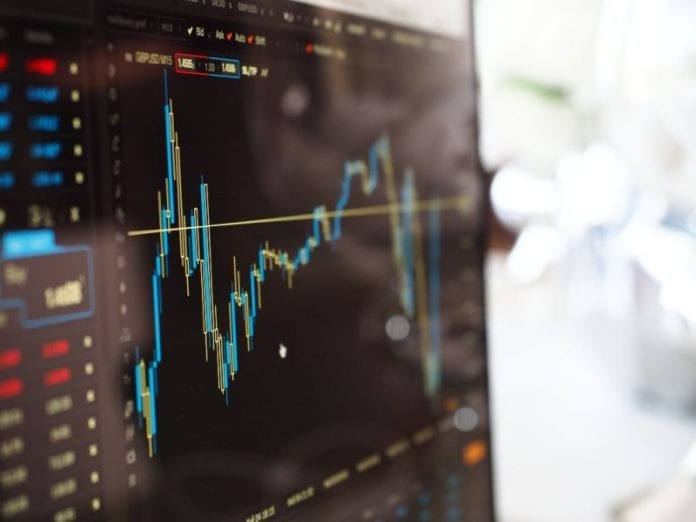Have you been wanting to widen your trading experience by venturing into the world of vanilla options, sometimes simply called VO’s? And if that thought has crossed your mind, have you prepared yourself for the complexity, risk, and other unique aspects of this type of investment? Many use options every day for all sorts of purposes. The two major reasons include the chance to make outsize profits (at a higher risk level, of course) and as a hedging tool within a broader portfolio. Before you dive into this exciting new kind of securities trading, get familiar with the basics. And remember that it’s possible to trade VO’s on stocks, forex, and various other types of securities and instruments, particularly commodities. Here’s a brief overview of what you need to know.
What Vanilla Options Are

A VO is a financial instrument that gives you, the investor, the right to buy or sell a specific security at a specified future date at a specified price. You also have the power to choose how much of that security you can buy or sell. For example, it’s possible to visit your online brokerage account and purchase an option to buy 100 shares of XYZ Corp. stock three months from now at a designated price. Once you purchase this (example) option, you have to freedom to exercise it on the due date by investing in shares, letting it expire without doing anything at all, or selling it to someone else in the meantime.
The majority do not trade these instruments. They’re either afraid of the complexity, prefer to make spot purchases and sales, or have other reasons for avoiding them. But for the many everyday traders who do take part in the VO market, the allure is not only potentially high returns and the ability to hedge, but the unique power to choose price, timing, and other aspects of the trade.
Lingo
There are five key terms to know. Premium is the amount of money you pay to buy a contract. Note also that all contracts represent the right to purchase or sell 100 shares of the underlying stock. The strike price is the exact amount at which the holder of the contract can exercise the right to acquire or sell the underlying shares. The ex-date, or expiration date, is the stated day on which the contract holder can transact the underlying shares (provided the strike price has been met or exceeded). Calls allow you to acquire the shares while puts let you sell them, of course, at the specific price and on the designated date.
Premiums
The premium is the amount you pay for the VO, as noted above. Keep in mind that regardless of what happens, your only downside in most cases is the amount of the premium. Even when options expire worthless, your only loss is what you paid upfront for the right to buy/sell the 100 shares.
Trading

Here’s a simple example that uses the concepts mentioned above. Assume you believe that the price of EUR/USD is about to rise significantly based on your analysis of market forces. Right now, the price is 1.22 (rather high for the year but not for the five-year period). Let’s say you think the price could rise to 1.27 within a month. You search your brokerage platform for current sale prices of call options, which show that a one-month contract with a strike price of 1.25 is selling for a premium of 60 pips.
In this example, you could buy the contract for 60 pips. When the price of EUR/USD rises above 1.256 (which is the break-even point here), you could sell the contract and earn a profit. Note that you can sell any time before the expiration date if you wish, or you can wait until the date and sell then. Your profit is unlimited, but the risk of potential loss is limited to the 60-pip cost of the contract.
Hedging
It’s possible to earn significant profits via vanilla options trading but many investors use them in a clever way to hedge the risk in a primary portfolio. Don’t forget that when you buy a VO contract (in this case a put), your only risk is the dollar amount of the premium. If you also own, say, 2,000 shares of the underlying stock and the share price begins to fall, your VO contract will earn a profit as the same time the underlying shares are taking a hit. For institutions and investors, this is one of the main reasons for taking part in the VO marketplace.









